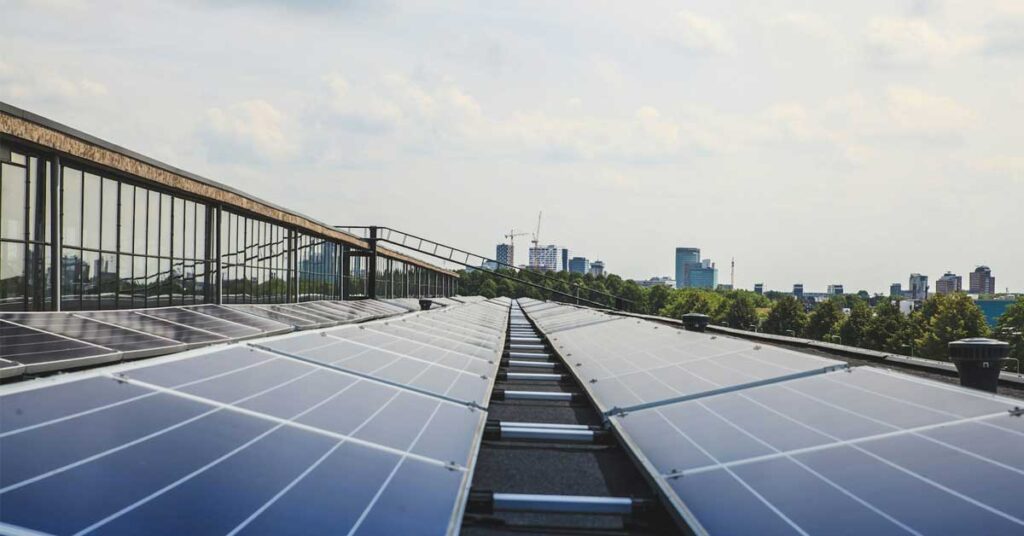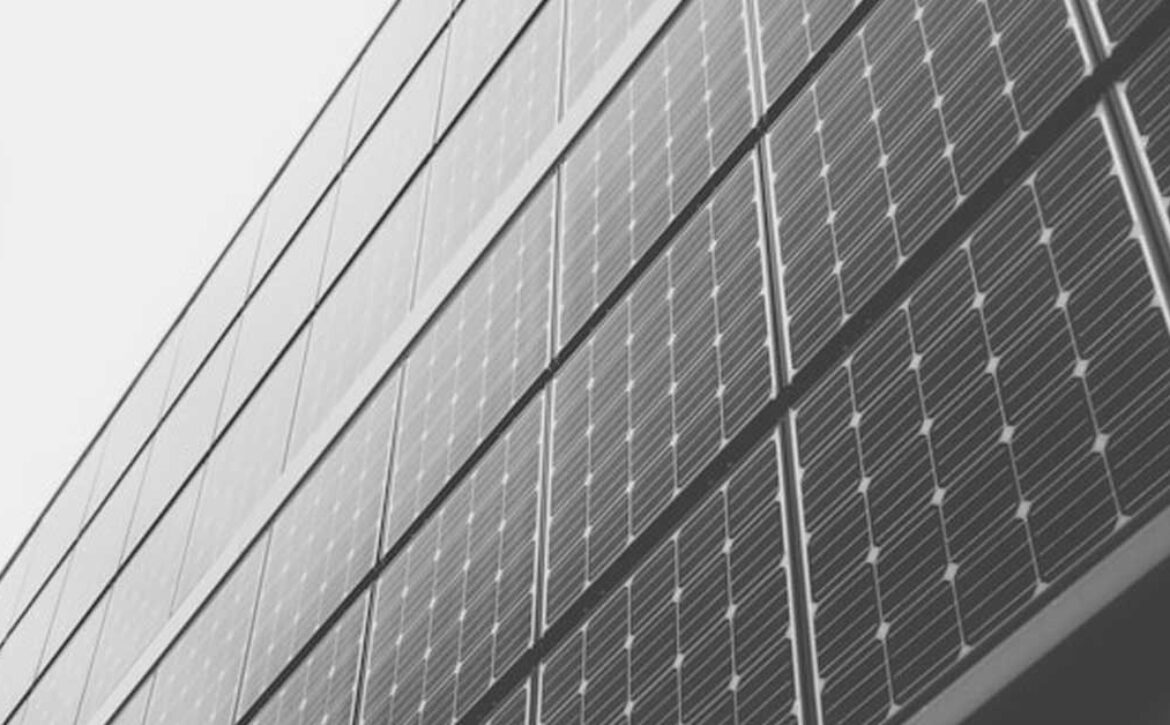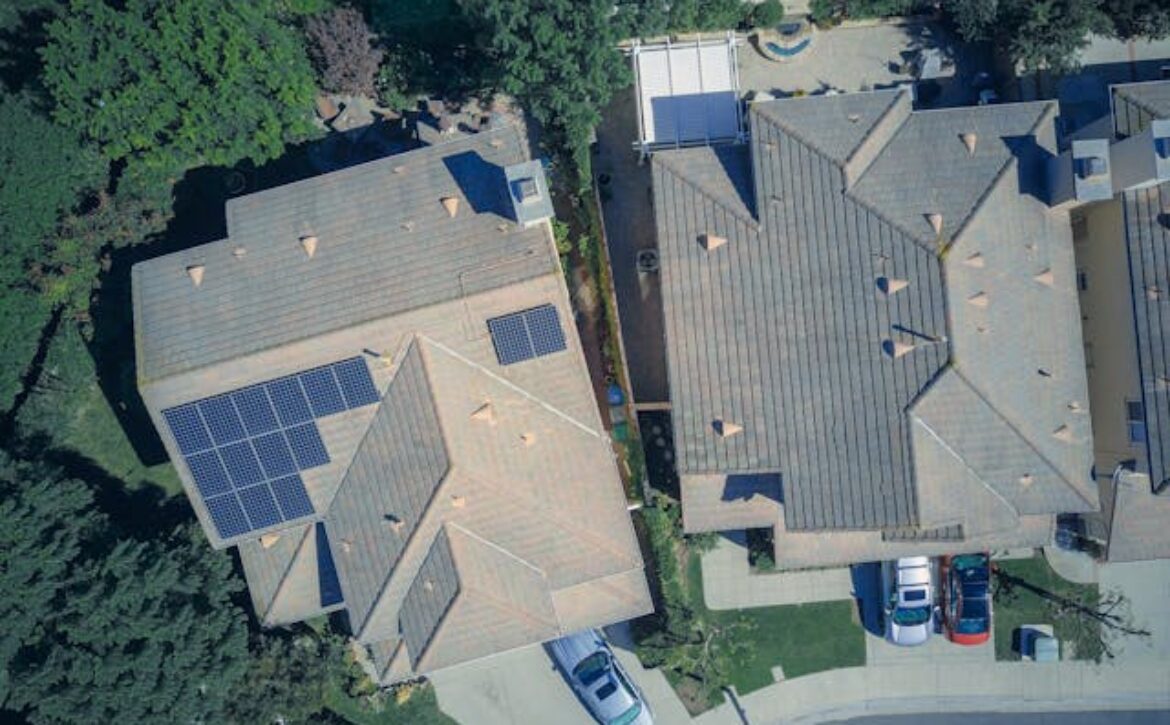Common Misconceptions About Solar Energy
When people consider transitioning to solar energy, they often encounter a wave of information – some of it helpful, some of it misleading. Misinformation can hinder adoption, deterring homeowners and businesses from reaping the benefits of this renewable energy source. To clear up some of the confusion, we’ll dive into several common misconceptions about solar energy and explain the facts so you can make an informed decision.
You May Also Like: How to Use Solar Power for Your RV
Misconception #1: Solar Panels Only Work in Sunny Climates
One of the biggest misconceptions about solar energy is that it only works well in places that receive a lot of direct sunlight. This belief is understandable, but it overlooks a crucial detail: solar panels are designed to capture light, not heat. So even in cloudy or snowy climates, panels can still generate electricity.
In fact, cooler temperatures are actually better for solar efficiency, as heat can reduce a panel’s ability to convert sunlight into electricity. Countries with less sunlight, like Germany, are some of the biggest solar adopters in the world. On overcast days, panels will still generate power—though at a slightly reduced rate. Additionally, many solar setups incorporate battery storage systems to store excess energy produced during sunny periods, so you have a reliable backup even when the sun isn’t shining.

Photo by Jeroen van de Water on Unsplash
You May Also Like: The Key Benefits of Solar Energy for Homes
Misconception #2: Solar Panels Aren’t Efficient Enough
The efficiency of solar panels, typically ranging from 15% to 22%, can seem low when viewed in isolation. People often ask, “Why don’t panels capture 100% of the sunlight that hits them?” The reality is that while the technology isn’t perfect, it’s more than sufficient for practical use.
The sun generates so much energy that, even at current efficiencies, solar panels can capture more than enough power for an average home. Cutting-edge research has driven solar technology forward, making modern panels more efficient and affordable than ever. The United States Department of Energy continues to fund solar research to improve this efficiency. Furthermore, most residential solar panel systems are still connected to the grid, meaning any shortfall is automatically covered by traditional power sources.
Misconception #3: Solar Energy Is Too Expensive
While solar panels require an initial investment, the cost of solar has plummeted over the past decade. Many people think they need to pay thousands of dollars upfront, but flexible financing options make solar accessible to homeowners on a budget. Solar loans, leases, and Power Purchase Agreements (PPAs) enable you to start saving on energy costs without a large initial expense.
Moreover, numerous incentives are available to offset these costs. Federal tax credits, state rebates, and local grants can cover a significant portion of the installation expenses. When factoring in these financial incentives and the energy savings over time, most homeowners find that their solar investment pays off in the long run. Solar panels also require minimal maintenance, typically only needing occasional cleaning and an inspection every few years.
You May Also Like: Best Drones for Racing: Top Picks
Misconception #4: Solar Panels Don’t Last Long
Some people worry that solar panels won’t last long enough to justify the investment. The truth is that most solar panels come with warranties guaranteeing performance for 25 to 30 years, and they often continue to generate electricity well beyond that period. While output decreases slightly each year (usually around 0.5% annually), most panels still perform at over 80% capacity after 25 years.
With durable designs that withstand weather elements, solar panels have a long operational lifespan. Advances in panel technology continue to enhance their durability, making them a sound long-term investment for renewable energy.
You May Also Like: Mastering Voice Search and Local SEO: Boost Your Business Visibility in 2024
Misconception #5: Solar Energy Can’t Power an Entire Home
Many homeowners doubt that a solar system can power all of their electricity needs. While the exact answer depends on individual energy consumption and the size of the solar system, well-designed setups can indeed cover all or most of a home’s energy needs. By conducting an energy audit, professionals can help design a solar array that matches your energy usage, maximizing efficiency and coverage.
Most homes with solar panels are also connected to the grid, which acts as a safety net. When solar production is high, excess energy can be fed back to the grid, earning credits in some areas. During periods of low production, the home draws energy from the grid. Pairing solar with a battery system can help capture extra energy for use at night or during cloudy days, ensuring a constant power supply.
You May Also Like: Motivation Strategies for College Students: Proven Tips to Stay on Track
Misconception #6: Solar Energy Isn’t Suitable for Renters
For renters, the idea of “going solar” may feel out of reach since they don’t own their property. However, community solar programs have made solar energy accessible for renters and apartment dwellers. In these programs, multiple people can benefit from a shared solar installation, which might be located on the building, a neighboring property, or an offsite solar farm.
Community solar allows participants to receive credits on their energy bills for the solar energy generated, providing access to renewable energy without installing panels on their own homes. As these programs expand, they create more opportunities for everyone to access the benefits of solar energy, regardless of homeownership.
Misconception #7: Solar Energy Isn’t as Environmentally Friendly as Claimed
Some skeptics argue that solar panels have a hidden environmental cost, mainly due to the energy required for their production. It’s true that manufacturing solar panels involves materials and processes that use energy. However, the carbon footprint of solar energy is far smaller compared to fossil fuels. Over their operational life, solar panels produce vastly more clean energy than what was required to create them.
Once installed, solar panels generate zero emissions and offset a significant amount of greenhouse gas emissions that would have come from fossil-fuel-based electricity. In this way, solar energy remains one of the cleanest and most sustainable options available.
Final Thoughts
Navigating the world of solar energy can be tricky, especially when misconceptions cloud the decision-making process. By understanding the realities behind these myths, you can feel more confident in your decision to explore solar energy. Remember, transitioning to solar not only helps reduce environmental impact but can also lead to substantial savings on electricity costs.




